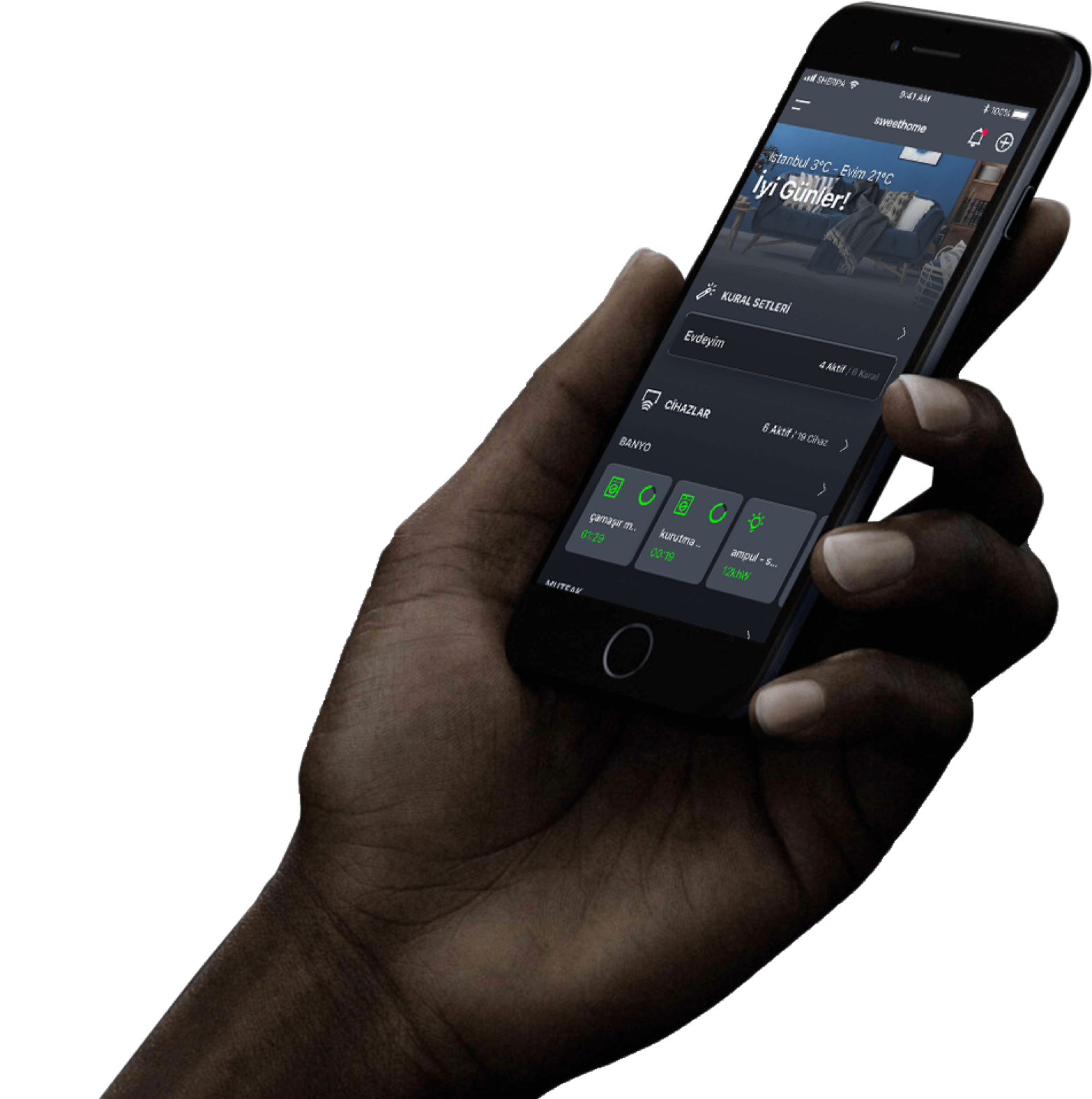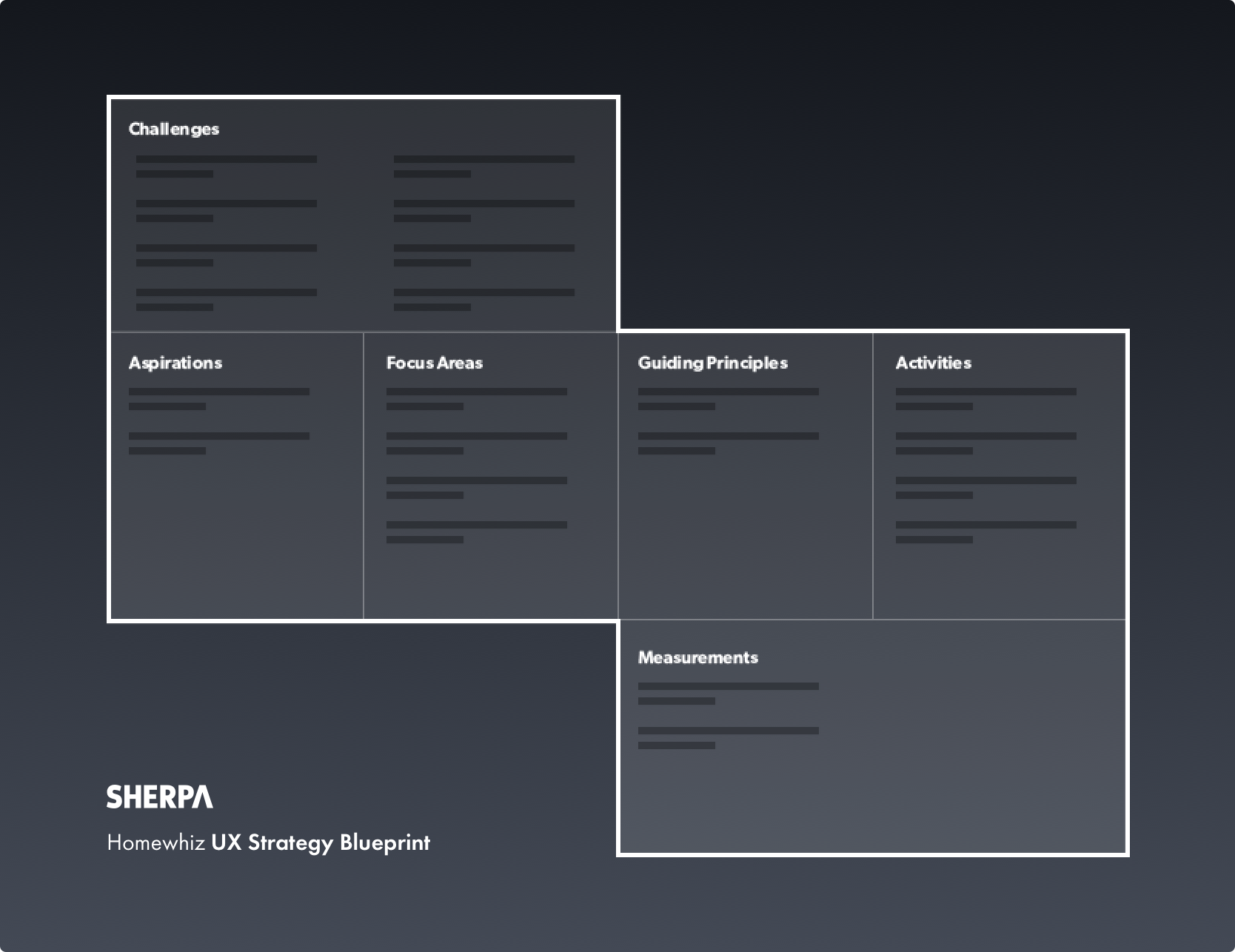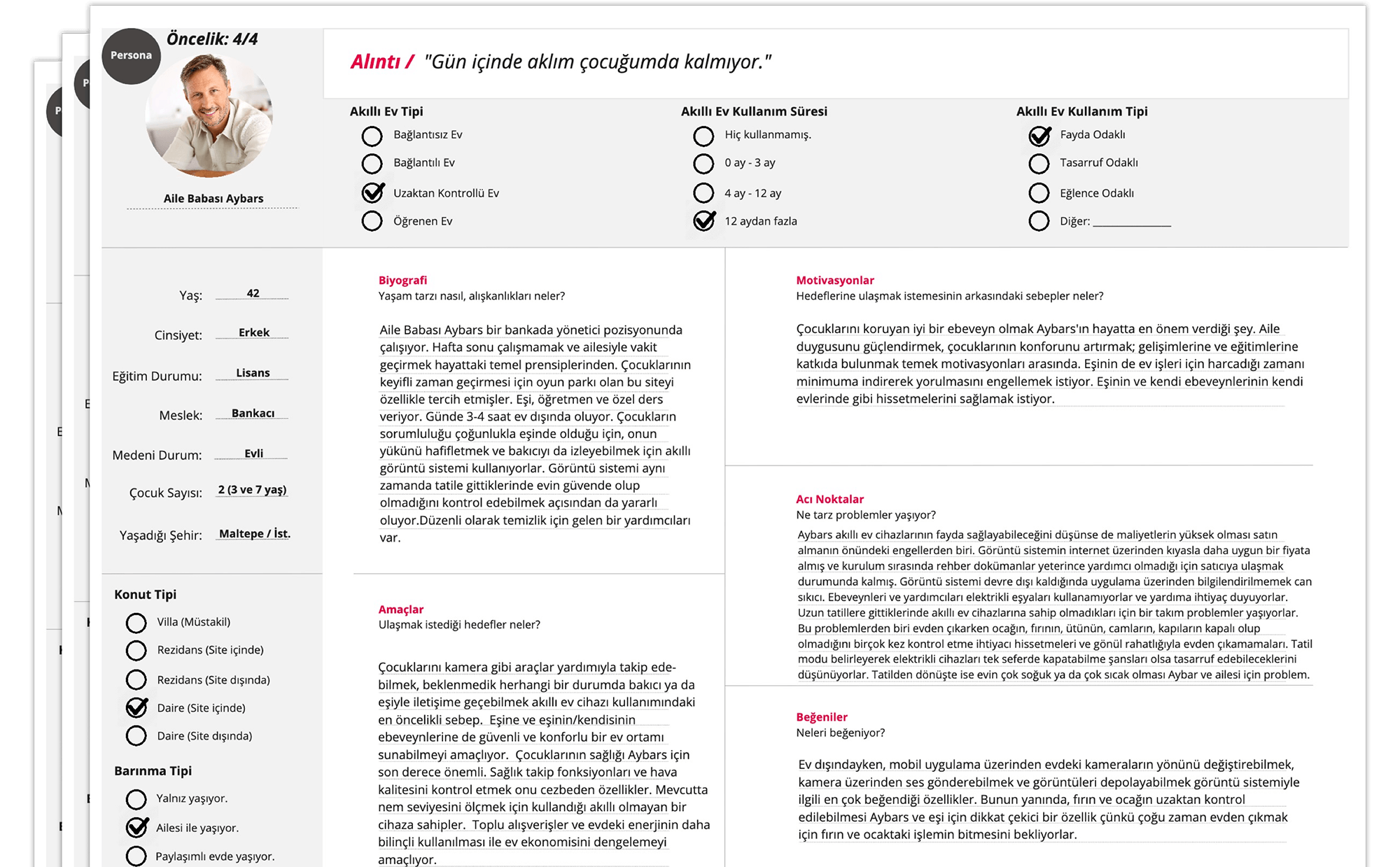About the project
Smart home technologies platform HomeWhiz, which is in use in more than 100 countries, completely redesigned to provide a privileged home life experience through a brand new user interface, coherent with its new feature set and device mix. We have united with the Arçelik user experience design team and incorporated more than 20 smart devices and sensors into the HomeWhiz ecosystem during the 21-month project. The approach of a holistic experience that enriches home life in many layers, from security to heating, cleaning to cooking, became the centre of gravity of our project.
We collectively created a remarkable legacy of successful projects and prestigious awards such as Red Dot and Awwwards with Arçelik A.Ş., Turkey’s leading consumer durable goods, consumer electronics and components manufacturer, that provides products and services in more than 135 countries. Having designed digital interfaces of several physical products in close collaboration with the industrial design team, we had the opportunity to act as a big unit to create a purely digital platform this time. Our history of collaboration has been the key to sharing the same vision in the HomeWhiz Project and meeting common goals with ease. On the other hand, enabling dozens of physical devices, whose digital interfaces we have designed in recent years, to be controlled remotely, maintained or even automated through the new HomeWhiz strengthened our know-how in experience design for IoT (internet of things) products and services.
Problem
Our first meeting with the project owner, in order to understand the business needs of the new generation HomeWhiz, ended with the mutual understanding of a common goal: providing users with an end-to-end smart home experience, focused on enriching the home life with new features and a set of devices.
In addition, we have summarised the business objectives of the project in 3 points:
01 Driving sales of the IoT devices that have been recently introduced to the product range
02 Gaining new insights into the domestic use of devices manufactured by Arçelik
03 Improving after-sales service capabilities in line with the opportunities of the digital age
However, the information architecture and user interface of current HomeWhiz were not suitable for achieving these goals. Hence, our first job was crystal clear: a multi-dimensional discovery and user research, focusing on competitors and users all around the world along with stakeholders of those providing solutions and catering to the complex needs of the product.
Our approach
“Smart homes and other connected products won’t just be aimed at home life. They’ll also have a major impact on business. And just like any company that blissfully ignored the Internet at the turn of the century, the ones that dismiss the Internet of Things risk getting left behind.” — Jared Newman, Tech Journalist @Fast Company
It is a fact that the number of IoT devices today exceeds the number of people living on this planet. There are about 7.77 billion people on our planet and according to estimates in Cisco's annual internet report published in March 2020, the population of IoT devices globally is expected to reach about 29.3 billion by 2023 - at least tripling the human population at that time. Nevertheless, connected home applications, such as home automation, home security and video surveillance, connected appliances, and tracking applications, will represent the 48 percent, or nearly half of the total M2M connections by 2023, showing the ubiquity of M2M in our lives.

While the market for IoT devices is expanding day by day, the number of people actively using these devices in daily life is also noteworthy. This offers us a vision of a future where IoT devices are engrained in our technology-fueled daily lives, seamlessly interacting with each other and can be managed remotely.
As we determined the feature set of the new generation HomeWhiz, we built our strategic decisions upon this vision. The experience architecture and interactions we’d design should contribute to the future projection of Arçelik and meet the user needs of today and the future.
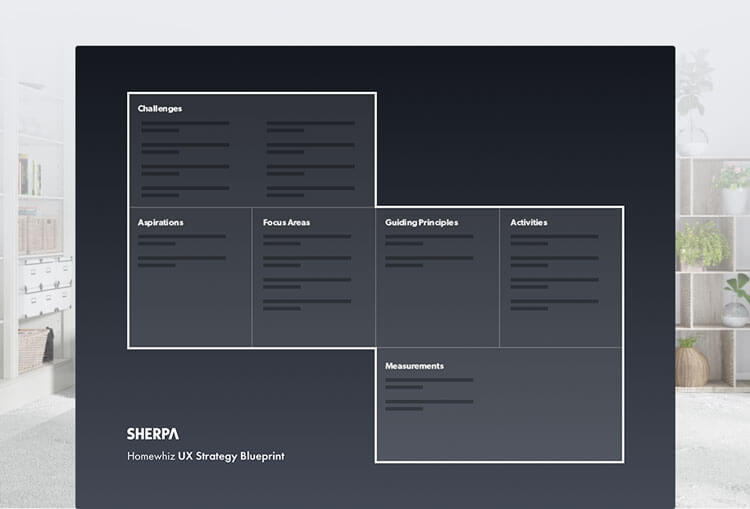
We started the project with competitor benchmarking and user research. We conducted contextual interviews with smart home users to shed light on the new HomeWhiz's functionality. By identifying users’ needs and expectations, we defined personas and created user journey maps. We composed foundational arguments and principles of the experience that the new generation HomeWhiz should offer, by creating the UX Strategy Blueprint that is shaped by the findings and insights we obtained from research and analysis.
Then, we continued the process with the production of user stories upon the actions and new features to be added into the ecosystem with new devices and sensors that will be live in HomeWhiz. We evaluated the feasibility of user stories through numerous co-production sessions with the project stakeholders such as IT, project management and product directorates. Thus, we had the opportunity to define the scope of the new HomeWhiz in accordance with the potential needs of users and Arçelik's business objectives, software and service infrastructure.

The most critical issue for the success of the project was timing. The new app needed to be present when the new products reach the market as part of the new generation HomeWhiz. Therefore we closely monitored our progress in line with a detailed production plan, allowing the design and development teams to work simultaneously. We reviewed the sketches and interface designs we delivered based on the user flows, with Arçelik's project team. In a short time, we were ready for conducting usability tests through the prototypes to evaluate the critical screens and functions in the first version of the interface in terms of clarity and usability. And then, we made iterative adjustments on our designs in the light of the findings we gathered from the users tests.
The project we have accomplished by working in harmony with the Arçelik teams resulted in a revamped HomeWhiz experience, presenting all-new features with a modern interface, compatible with the needs and expectations of users. Lastly, we delivered the UI kit and approximately 800 screens that showcase the new HomeWhiz, which we crafted in 21 months without sacrificing consistency, speed and usefulness.
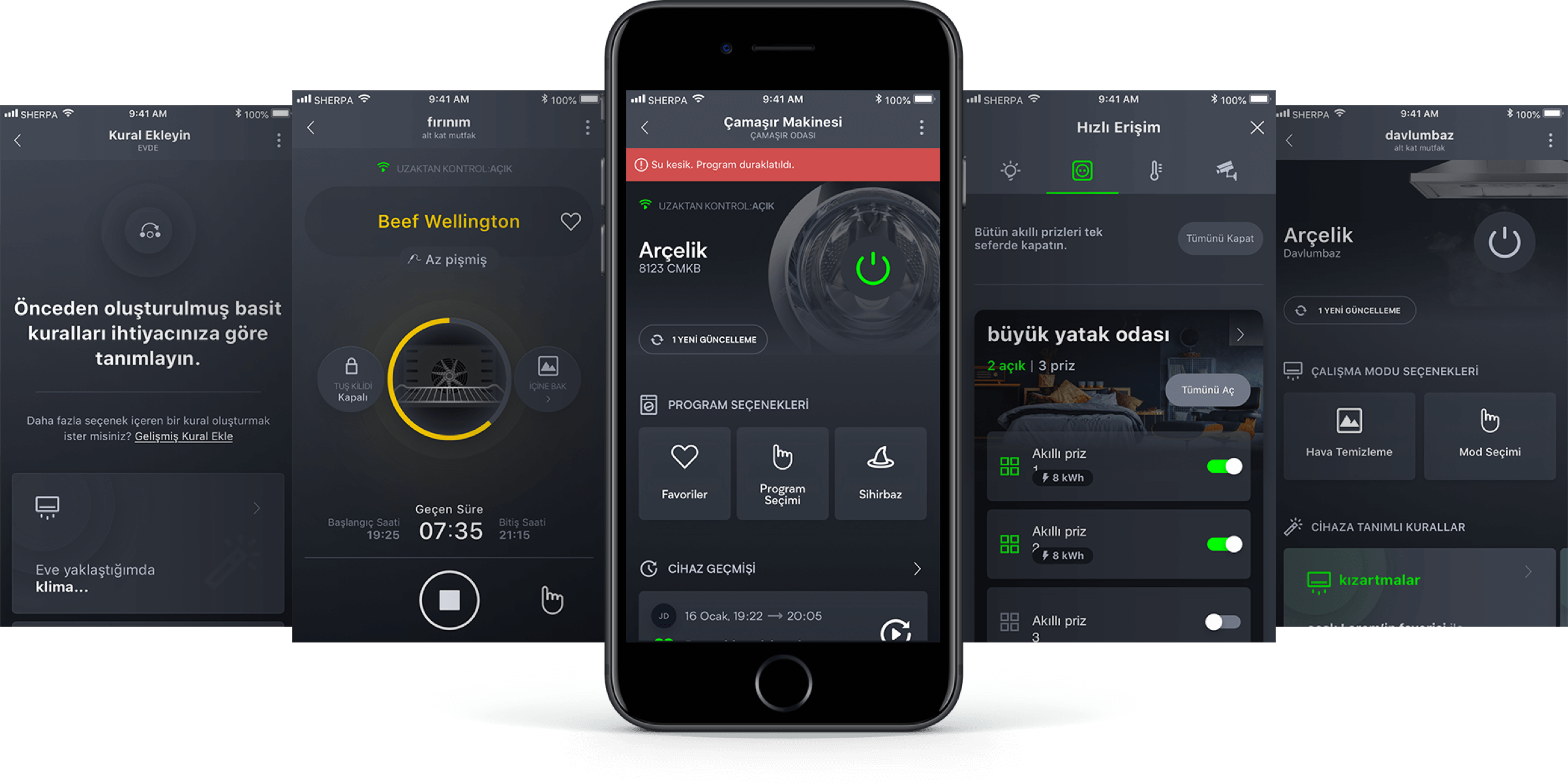
Our services
DISCOVERY & NEEDS ANALYSIS
- Production and Resource Planning
- Project Scope Documentation
- Requirements Analysis
- Competitive Benchmarking
USER EXPERIENCE ANALYSIS
- Contextual Interviews
- Persona Definition
- User Journey Design
- Prototyping and Usability Testing
CONTENT STRATEGY &
INFORMATION ARCHITECTURE
- User Story Creation
- User Flow Creation
- Content Map Creation
- Microcopy Creation
USER EXPERIENCE STRATEGY
AND DESIGN
- UX Strategy Blueprint
- Lo-Fidelity Wireframe Design
- Interaction Scenarios
- User Interface Design
Home and family dynamics in the age of smart home technologies
Arçelik maintains its well-earned image of a technology ambassador in Turkey by making smart home technologies accessible. As we started the project, we dreamed of going beyond a typical “smart home” solution by combining the sensor and motor ecosystem hosted by existing home automation solutions and home appliances management functionality that HomeWhiz already offers. We have positioned HomeWhiz as the “operating system” of the house with the collaborative control and automation solutions we have built by focusing on the home life experience of the household.
Due to the fact that smart home technologies have not reached their maturity yet, there is not enough information and insights into existing solutions used in real life. Running research and tests in controlled environments are insufficient to validate any hypotheses about the home life where the most intimate interactions of humans take place. This fact has given rise to smart home dwellers who need to adapt their own habits to the expectations of the house. Challenge accepted! We started the user research phase with this in mind and visited the smart home appliance users at their homes. We asked questions about their habits, needs and problems, and observed how they employ their existing smart devices. The findings of the research brought us to the personas that new HomeWhiz aims to meet the needs of, and to their pain points in using smart home solutions.
From the architectural structure of the house to the demographic structure of the household, from the roles individuals undertake in these structures to the routines that take place, many factors differ greatly between cultures. Micro-variations of many different macro scenarios, such as home-sharing, elder care or child care, require customized solutions for smart home products.
Complex device ecosystem, privacy and security

Today, thanks to automation equipment and processors becoming cheaper, industrial automation technologies are adapted to homes. While the idea of applying scenarios similar to sci-fi productions at home is exciting for users, complex interfaces applied to many of the solutions offered in the context of home automation bring new problems that are not present in traditional houses. However, it is possible for automation solutions that are comprehensive and require very little effort to take over routine actions, add comfort to home life by reducing the time spent on simple and small jobs at home.
On the other hand, smart home solutions that collect highly sensitive data in terms of privacy, especially open microphones and cameras, are a concern for users who are sensitive in this regard. While critical devices such as door lock and motion sensor not working as expected due to malfunction or loss of power are perceived as a security risk, devices operating on network interfaces and protocols that are not sufficiently secure raise the concern of external access or intervention.
Based on these remarkable findings, we determined the main blocks of the system that may cause concern about privacy and security as well as the nodes suitable for automation scenarios on the user flows we created. We collaborated with the Arçelik software development team in weekly sessions, prioritizing the authorization and protocols regarding the accessibility of the control interfaces, focusing on infrastructure solutions that eliminate the possibility of losing user control due to an external intervention or unexpected errors. And then, we designed content maps by considering a simple and clear architecture, especially for these sensitive scenarios. All design decisions we made in the light of all these efforts, led us to a plain and usable interface solution in accordance with the usability principles.
Services that add value to life beyond device management
After designing the first version of the interface, we conducted prototype tests with users. The view shared among the participants was that the new HomeWhiz being richer in functionality and more innovative in terms of look-and-feel compared to similar solutions in the market. Apart from the new devices and sensors added to the ecosystem, unlike its previous version, it allows users recovering the time spent on simple and small jobs at home through new features such as household management, user authorization, creating device groups, rule automation, recipes, shopping lists and integrations with the world's leading content and shopping applications. The new generation HomeWhiz is ready for the future with its value-added services.
The new generation HomeWhiz, carefully crafted with the principle of being future-proof and compatible with new devices, features and user needs, is now ready for its ultimate test; meeting consumers to enrich their experience at home.
“The truth is, homes change over time — and technology has to adapt, not try to do everything at once.” — Tony Fadell, Founder & CEO @Nest Labs
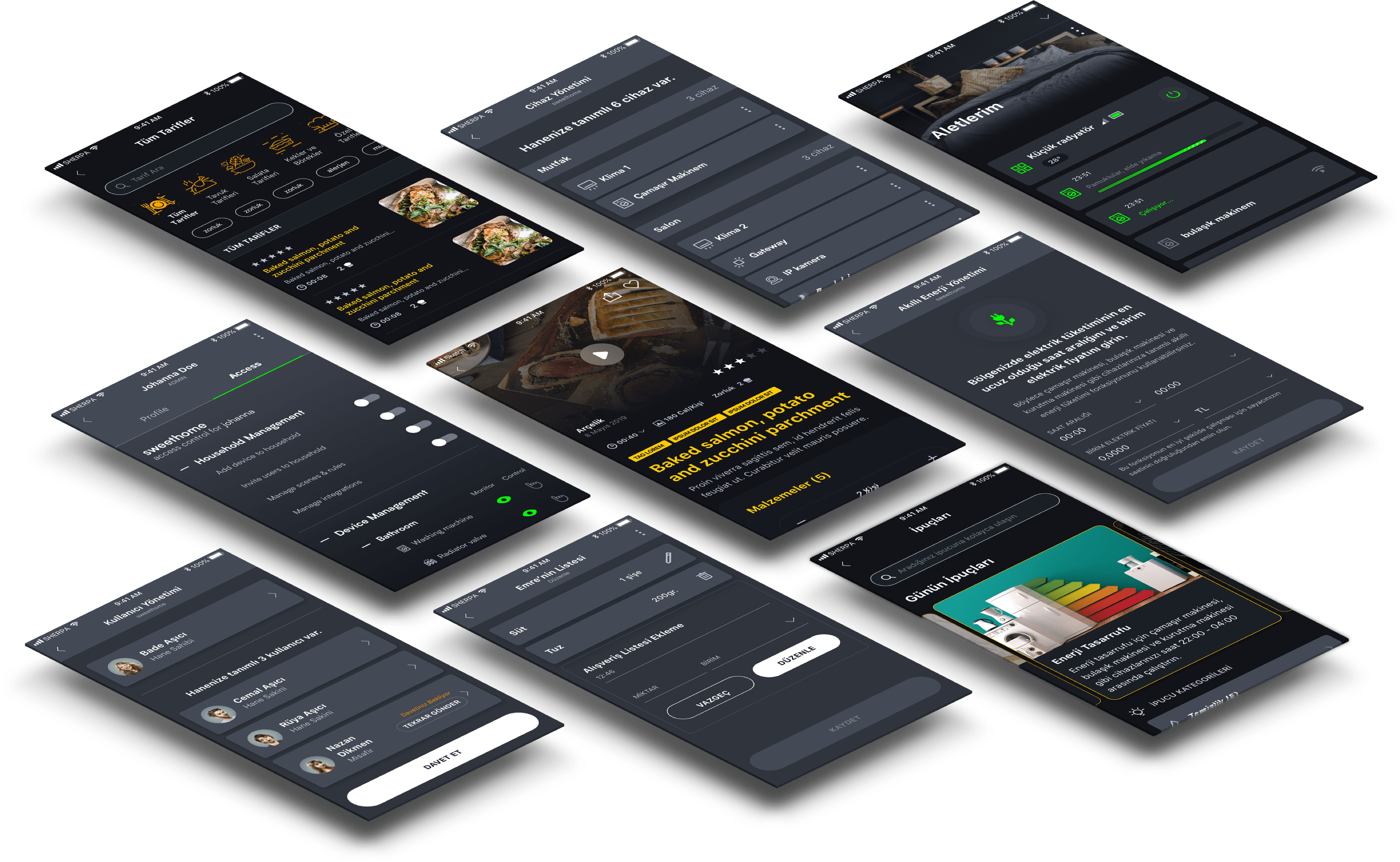

Özgür Mutlu Öz
Arçelik, UX/UI Design Manager
HomeWhiz is a mobile app that digitalizes our physical products and offers our users entirely new experiences in a whole new dimension. We dreamed at the beginning of the project…
Starting from the point of how a digitalized house should be, we tried to define every detail of the journey. In this adventure, SHERPA mastered all technicalities of the product through suggestions that expand our vision. We collaborated with a wide group of experts from different disciplines within SHERPA. This long-term project will also achieve great success owing to SHERPA's expertise, contributions, and quality deliverables.
 TR
TR
